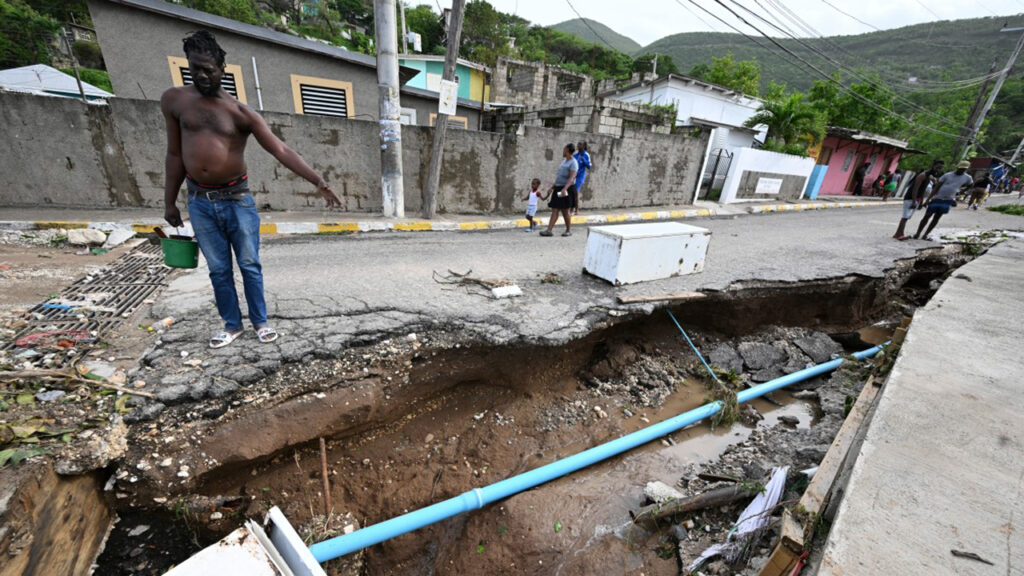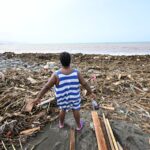Tourist resorts in Mexico’s Yucatan Peninsula girded Thursday for a hit from Hurricane Beryl, which is still packing ferocious winds after slamming Jamaica and then the Cayman Islands.
Beryl dropped to a Category 3 storm, with winds of 185 kilometers (115 miles) per hour, and was expected to weaken further as it headed toward landfall overnight Thursday into Friday on the peninsula, the US National Hurricane Center said.
As of midday Thursday it was in the Caribbean about 530 kilometers east of Tulum, which is a about a two-hour drive from Cancun — the two main resort cities in the region.
The storm already left a trail of destruction across the Caribbean and the coast of Venezuela, killing at least seven people and bringing with it flash floods and mudslides.
In Mexico, classes in the area bracing for a hit were suspended and shelters were set up for locals and tourists alike.
In Cancun, people have been stocking up on food and other essentials for days and hotels have boarded up their windows.
Beryl is expected to slam the Yucatan as a Category 1 hurricane, emerge over the Gulf of Mexico, then hit the northern state of Tamaulipas, which borders the United States.
The storm is the first since NHC records began to reach the Category 4 level in June and the earliest to reach Category 5 in July.
In the Cayman Islands, Acting Deputy Governor Eric Bush said there have been no calls for evacuations and expressed worry that some people were leaving their homes to film the storm, the Cayman Compass news website said.
In Jamaica, more than 400,000 people were without power, according to the Jamaica Gleaner newspaper, citing a public service company.
It is extremely rare for such a powerful storm to form this early in the Atlantic hurricane season, which runs from early June to late November.
Warm ocean temperatures are key for hurricanes, and North Atlantic waters are currently between two and five degrees Fahrenheit (1-3 degrees Celsius) warmer than normal, according to the US National Oceanic and Atmospheric Administration (NOAA).
UN climate chief Simon Stiell, who has family on the island of Carriacou, said climate change was “pushing disasters to record-breaking new levels of destruction.”
“Disasters on a scale that used to be the stuff of science fiction are becoming meteorological facts, and the climate crisis is the chief culprit,” he said Monday, reporting that his parents’ property was damaged.













